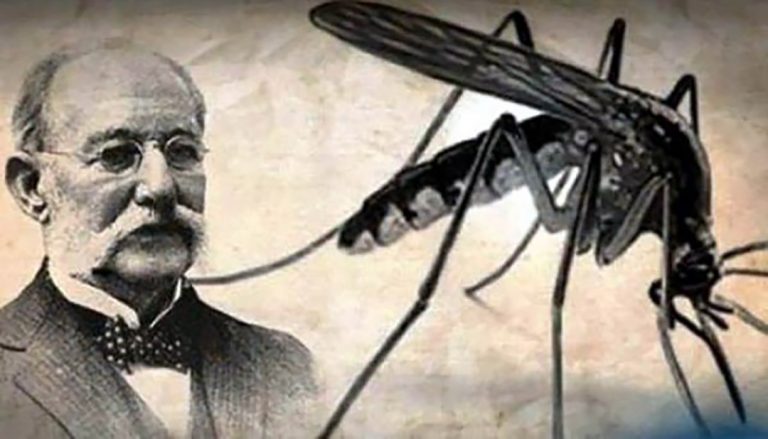Carlos J. Finlay y Barrés was a doctor and scientist who discovered and described the importance of the biological vector through the metaxenic theory of disease transmission by biological agents, applying it to yellow fever transmitted by the Aedes Aegypti mosquito.
Finlay worked through the 1870’s, finally coming to prominence in 1900. He was the first in 1881 to propose the theory of the mosquito as a transmitter, now known as a vector of the disease, the causative organism of yellow fever. The mosquito that bit a sick person could subsequently bite a healthy person and infect him.
His discovery
In 1881, he presented his theory at the International Sanitary Conference, where his proposal was not received so well. A year later, Finlay identified the mosquito of the genus Aedes as the transmitting organism of yellow fever.
His theory was followed by the control recommendations in the mosquito population and that is how the spread of the disease could be controlled. His hypothesis and his extensive tests were confirmed about 20 years later, by the Walter Reed Commission of 1900.
Finlay became head of the Cuban Health Office from 1902 to 1909. From the studies and analysis of yellow fever, he concluded that the transmission of the disease was carried out by an intermediary agent. There is an anecdote that says that while praying the rosary one night, a mosquito buzzing around him caught his eye. That was when he decided to investigate them.
With the means provided by the Spanish-American joint commission, he was able to identify the Culex or Aedes aegypti mosquito as the epidemiological vector of the disease. His studies led him to understand that it was the fertilized female of this species who transmitted yellow fever.
In February 1881 he went to Washington D.C as a representative of the colonial government before the 5th session of the International Sanitary Conference, where he presented for the first time his theory of the transmission of yellow fever by an intermediary agent, the mosquito.
Obligatory recognition
His hypothesis was met with coldness and almost total skepticism. It was only disclosed by a modest New Orleans medical journal through Dr. Rudolph Matas, a recent graduate in Medicine, who had participated in the mixed Hispanic-North American commission as an interpreter, for being the son of Spaniards.
On his return to Cuba, in June 1881, he carried out experiments with volunteers and not only proved his hypothesis, but also discovered that the individual once bitten by an infected mosquito was immunized against future attacks of the disease. Hence, the serum against yellow fever was born. On August 14th of that same year, he presented his research work to the Royal Academy of Physical and Natural Sciences of Havana. Thanks to his recommendations about mosquito control, the spread of the disease could be controlled.
Translated by: Aileen Álvarez García






